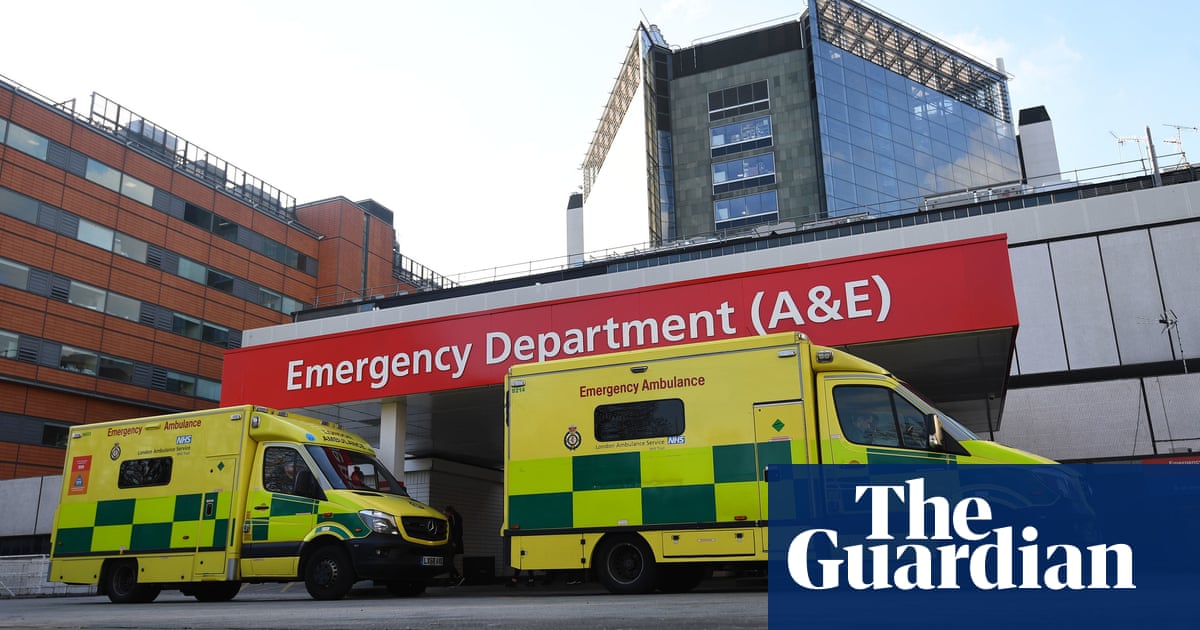
Off Yarmuk’s main artery, recently cleared side streets are flanked by buildings ravaged by years of fighting
With about a fifth of Yarmuk reduced to rubble in the war, there is still much work to be done
YARMUK, Syria: Not far from where he used to live, Palestinian engineer Mahmud Khaled watched as bulldozers rumbled back and forth scooping up smashed concrete from the devastated streets of Syria’s Yarmuk.
Once home to 160,000 Palestinian refugees, the camp in the Damascus suburbs has been emptied of its inhabitants and pounded to rubble in Syria’s seven-year war.
But five months after regime forces expelled the last militants in the area, soldiers now stand guard at the camp’s entrance, wearing face masks to protect themselves against the dust billowing up into the air.
On a narrow street inside the camp where he grew up, Khaled has returned to help oversee bulldozers and diggers engaged in joint Palestinian-Syrian clean-up operations.
“When we first entered, we were horrified by what we saw,” said the 56-year-old engineer, wearing a light grey and white checkered shirt.
“But after we started the clean-up, it all started to look up,” Khaled said.
Off Yarmuk’s main artery, recently cleared side streets are flanked by buildings ravaged by years of fighting.
Some have been reduced to mountains of grey rubble and mangled rebar. In others, entire floors dangle dangerously downwards, their steel rods jutting out.
“We have shifted 50,000 cubic meters of rubble and reopened all the main roads,” Khaled said.
But “it will be a while before families can come back,” he added.
As Khaled surveyed the neighborhood, a yellow bulldozer spilled rubble into a large red truck behind him.
Tens of thousands have fled Yarmuk since Syria’s conflict started in 2011 and government forces imposed a crippling siege on the then rebel-held camp a year later.
Since the latest round of fighting to expel the Daesh group ended in May, the United Nations agency for Palestinian refugees (UNRWA) said no residents have been allowed to return.
Walking through the camp, Khaled pointed out his former home and the office where he used to work. The first had been damaged in fighting, while the second was completely destroyed.
With about a fifth of Yarmuk reduced to rubble in the war, according to an initial estimate, Khaled said there is still much work to be done.
And although he estimates 40 percent of the buildings could be lived in, another 40 percent need major work before their residents can return.
When he visited the camp in May, UNRWA spokesman Chris Gunness described it as lying “in ruins.”
Basic services such as water and electricity were so severely damaged, he said, that it was hard to imagine people returning any time soon.
Funded by the Palestine Liberation Organization (PLO) and the Syrian government, the clearing operation has been ongoing for 20 days and is expected to take another month to complete.
But there are no clear plans yet for the reconstruction of the neighborhood or its ravaged infrastructure.
PLO official Anwar Abdel Hadi said he hoped reconstruction would start “as soon as possible so that our people can return to the camp.”
“But the rebuilding is still awaiting a government decision,” he said.
Back in Yarmuk, Ibrahim Am Ali walked between the bulldozers, oblivious to the dust permeating his clothes.
“I was desperate when I saw how destroyed the building was where my brothers and I had gathered over the past years,” said the 74-year-old, also part of the team overseeing the clean-up work.
Now “we have started rebuilding the camp,” the Syrian-Palestinian said, wearing a light purple shirt.
“Perhaps I will never see it completely rebuilt, but it’s enough for me to have taken part in the very beginning.”











